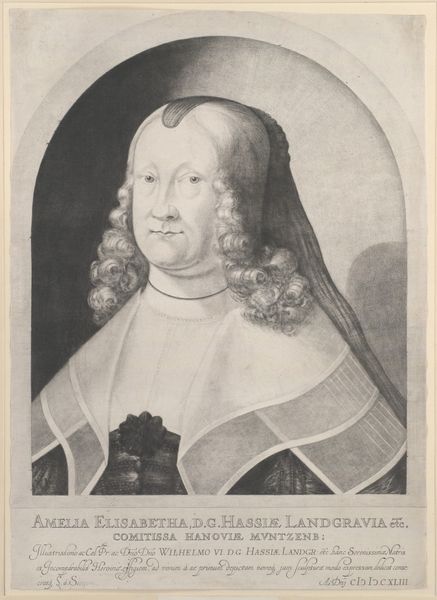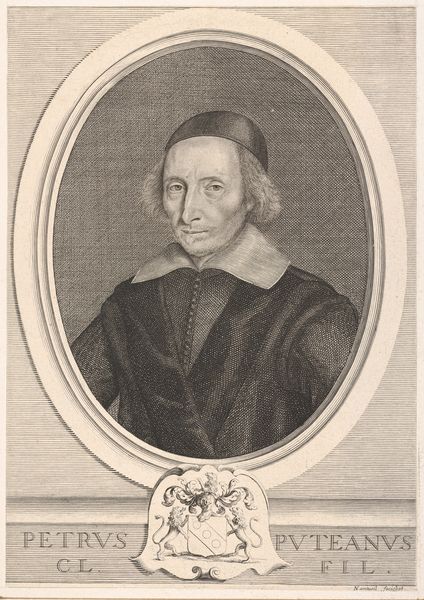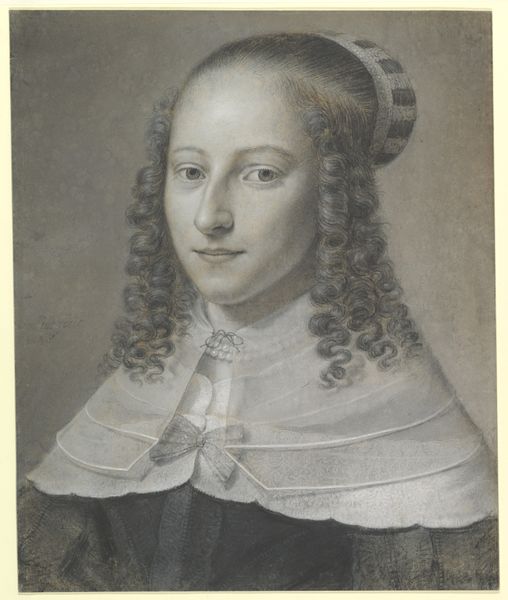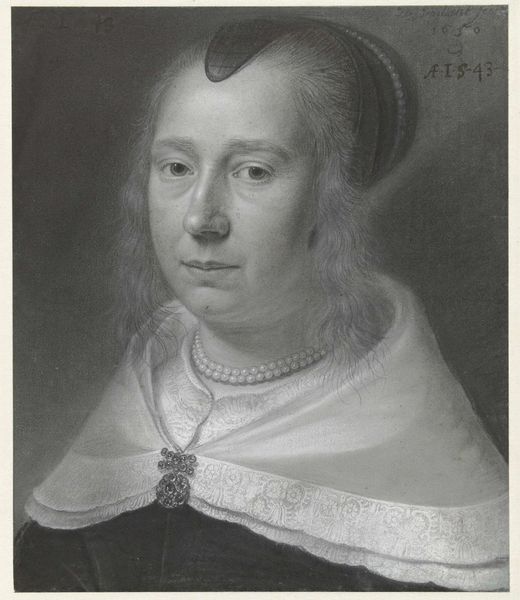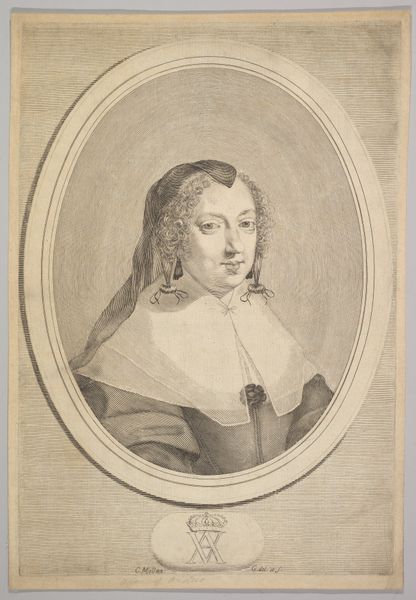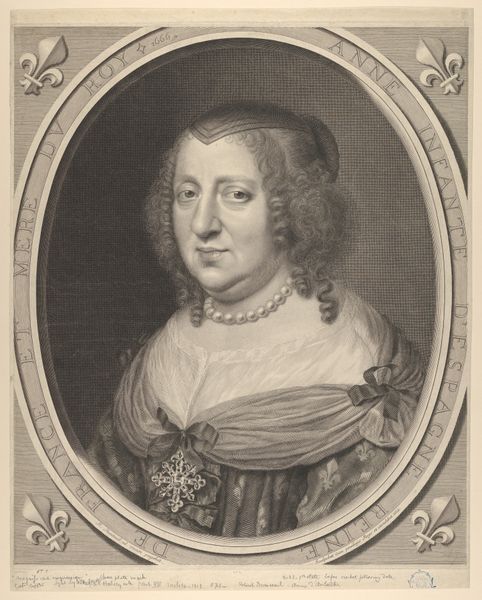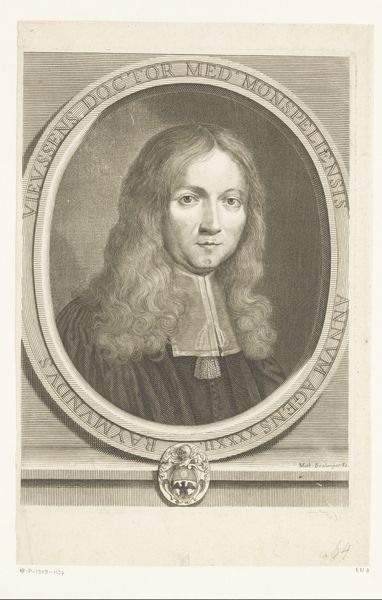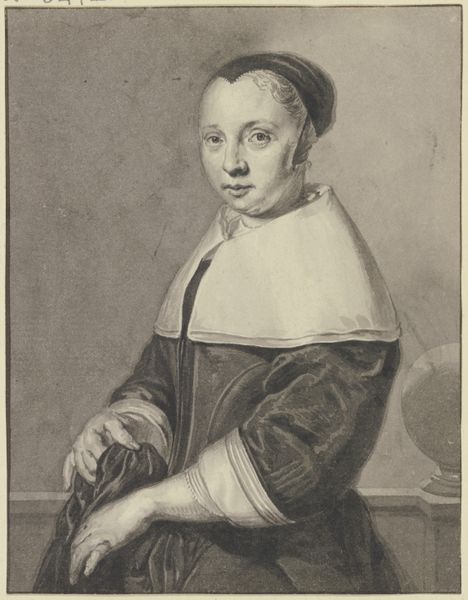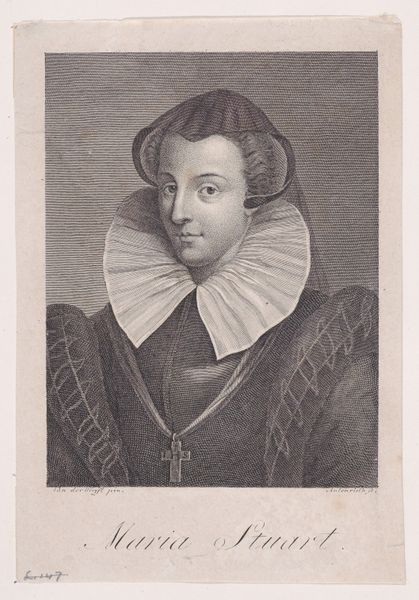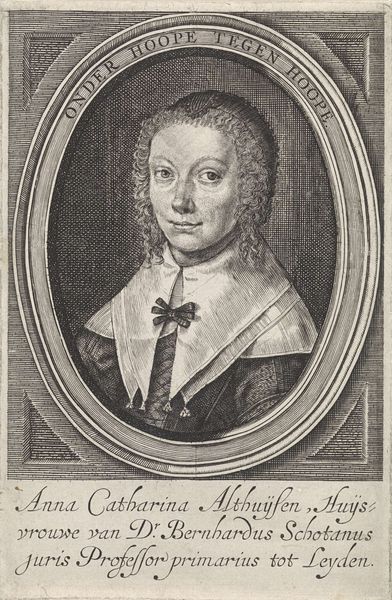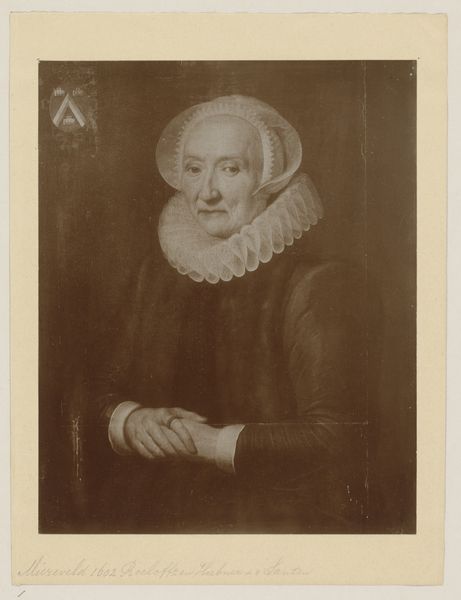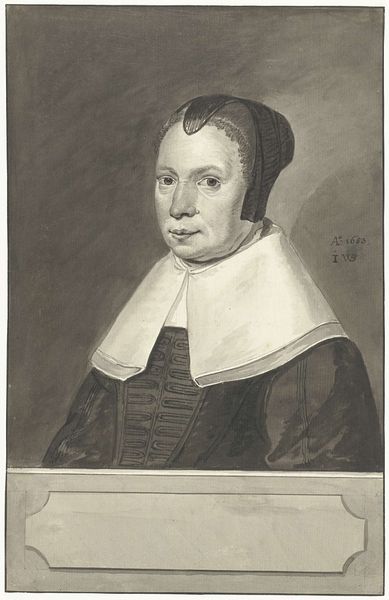
Anatomical Studies (écorchés.) A man's flayed left forearm in two positions. 1628 - 1630
0:00
0:00
drawing
#
portrait
#
drawing
#
northern-renaissance
#
realism
Dimensions: 156 mm (height) x 206 mm (width) (bladmaal)
Editor: Here we have "Anatomical Studies (\'ecorch\'es.) A man's flayed left forearm in two positions," a drawing by Willem Panneels, dating from 1628 to 1630. The starkness of the subject matter, coupled with the artist's attention to detail, is quite striking. How do you interpret this work, especially considering its historical context? Curator: I see it as deeply rooted in the evolving relationship between art, science, and power. The artist dissects and displays the human form for us, not just as an object of aesthetic admiration but also of scientific inquiry. Consider the historical backdrop: The rise of scientific rationalism intertwined with expanding colonial projects. In what ways might the artist's meticulous rendering of the flayed arm reflect this drive to dissect, categorize, and ultimately control the natural world, including the human body? Editor: That's a perspective I hadn't fully considered. The anatomical study becomes less about pure scientific curiosity and more about a demonstration of power through knowledge, is that correct? Curator: Precisely. Furthermore, the \'ecorch\'e could be viewed through the lens of gender. Medicine at the time was almost exclusively conducted by men and often excluded women. This could be the visual objectification, or control of a feminized "nature" under the male gaze. Do you agree? Editor: It hadn’t occurred to me before, but it brings up questions of who gets to possess this knowledge, and who is being objectified in the process of learning. Thank you! Curator: Understanding how power, science, and representation intersect illuminates so much more than just artistic skill.
Comments
No comments
Be the first to comment and join the conversation on the ultimate creative platform.
